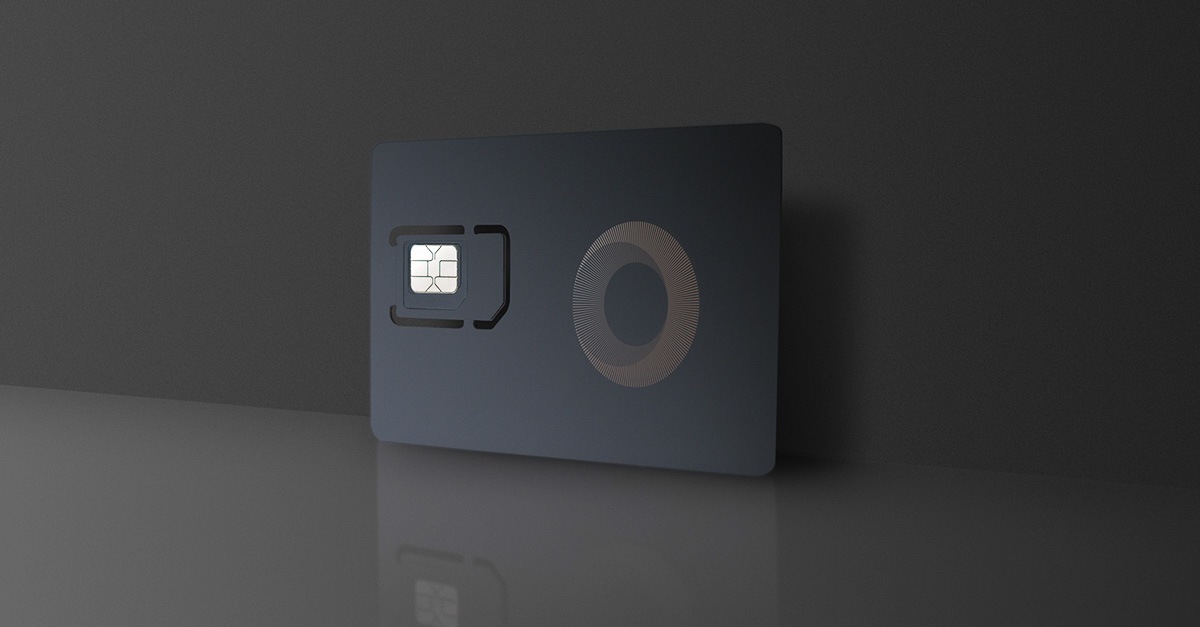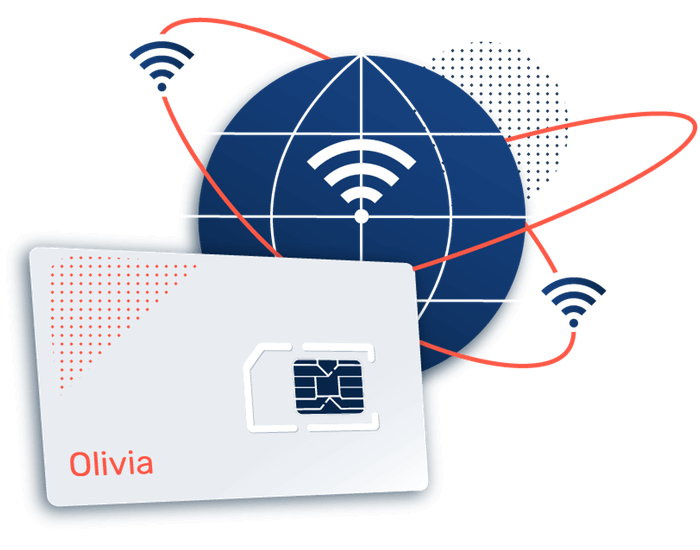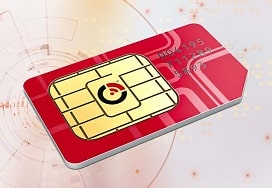Managed IoT Connectivity Services Securing IoT Connectivity Solutions
IoT Connectivity Management Smart Connectivity for IoT Services
The panorama of the Internet of Things (IoT) is huge and diversified, providing an array of connectivity choices tailor-made to completely different use circumstances. In this advanced ecosystem, the choice between cellular and non-cellular IoT connectivity plays a pivotal role in determining the success of IoT deployments.
Cellular IoT connectivity makes use of current cell networks to facilitate communication. IoT Connectivity Types. This technology leverages the infrastructure of established cellular companies, thereby ensuring extensive coverage and excessive knowledge transfer charges. The convenience of using cellular networks signifies that intensive geographical areas could be covered with out the need for laying new cables or deploying further infrastructure.
One of the significant advantages of cellular connectivity is its proven reliability. Networks have been optimized over time, making certain that they'll handle numerous linked units concurrently. In environments where constant and dependable efficiency is essential, cellular IoT supplies a solid basis, especially for purposes like telemedicine, vehicle tracking, or smart city options.
IoT Connectivity Pricing Securing IoT Connectivity Solutions
Conversely, non-cellular IoT connectivity refers to technologies like Wi-Fi, Bluetooth, Zigbee, and LPWAN. These options usually operate in short-range situations and are sometimes designed for particular applications. They permit for the institution of native networks that may achieve high-speed knowledge transfers however with restricted vary. This can make them a superb selection for purposes confined to a particular area, like house automation or industrial monitoring within a manufacturing unit.
The alternative between these two connectivity types mainly hinges on the requirements of the particular utility. For example, a smart meter deployed in a remote location may significantly profit from cellular connectivity due to the prolonged vary and talent to transmit data over longer distances. On the other hand, a wise home device, which operates within a confined space, would possibly make the most of Wi-Fi or Bluetooth, given their capability to provide robust local connectivity at decrease prices.
Moreover, power consumption varies significantly between cellular and non-cellular technologies. Cellular devices, while increasingly efficient, generally consume more power in comparison with their non-cellular counterparts. This is a critical consideration for battery-powered devices that purpose to function for prolonged intervals while not having frequent recharges or battery replacements. Non-cellular technologies usually enable for energy-saving modes which might lengthen operational life, making them best for purposes where longevity is paramount.
Managed IoT Connectivity Services Ultimate Guide to Cellular IoT Networks
Cost components additionally play a significant role in making a call between cellular and non-cellular connectivity. The deployment of cellular IoT units sometimes entails service plans that incorporate ongoing subscription costs. In distinction, non-cellular choices may require an upfront investment in infrastructure, however they can end result in decrease operational prices in the lengthy term.
Security considerations arise distinctly in each kinds of connectivity. Cellular networks offer a stage of built-in safety as a result of their closed nature and reliance on established protocols. Encryption and authentication processes are usually strong, making it difficult for unauthorized customers to access the community. Non-cellular technologies, whereas convenient, can doubtlessly expose units to elevated security dangers, especially in open networks like public Wi-Fi - IoT Satellite Connectivity.
The scalability of an IoT system is another factor to consider when deciding on connectivity choices. Cellular networks tend to provide higher scalability because of their ability to accommodate a large volume of units over extensive areas. This is particularly beneficial for enterprises trying to increase their IoT deployments with out the necessity to overhaul current infrastructure.
Nb-IoT Connectivity Global Managed IoT Connectivity Services
Non-cellular networks can even scale, however they're usually limited by vary and data handling capabilities. In congested environments or densely populated areas, the performance of non-cellular choices might diminish, creating bottlenecks that could affect the general effectivity of an IoT ecosystem. This distinction can affect the long-term viability of a solution depending on the anticipated progress and complexity of the applying.
Latency is an important element that distinguishes cellular and non-cellular IoT connectivity. Cellular networks have improved considerably over latest years, but latency can nonetheless be greater compared to some non-cellular alternatives. For functions requiring real-time responses, similar to autonomous driving or industrial automation, lower latency connections are important. In such instances, edge computing mixed with non-cellular technologies would possibly provide the necessary response instances.
In summation, the choice between cellular and non-cellular IoT connectivity is way from straightforward. his response Each choice carries distinctive advantages and disadvantages that cater to different software wants. Understanding the precise requirements of a project, from vary and reliability to power consumption and cost, is key to creating a well-informed choice.
The path of IoT deployments continues to evolve, with developments and innovations in both cellular and non-cellular technologies constantly reshaping the landscape. As organizations become increasingly aware of the implications of their connectivity choices, the importance of tailor-made solutions to suit unique use cases will only proceed to grow.
Long Range IoT Connectivity Overview of Cellular IoT Connectivity
Future developments in standards and protocols could bridge some gaps between cellular and non-cellular choices, probably leading to hybrid options that capitalize on the strengths of each. Exploring these avenues shall be important for stakeholders in navigating the ever-changing world of IoT connectivity.
Ultimately, as businesses embark on their IoT journeys, the best connectivity selection will significantly impression their operational effectivity, price administration, and skill to innovate. By fastidiously considering all related factors, organizations can harness the full potential of their IoT initiatives, resulting in transformative outcomes in countless industries.
- Cellular IoT connectivity leverages established cellular networks, offering intensive protection in city and rural areas.
- Non-cellular IoT options, corresponding to LoRaWAN and Sigfox, are sometimes cheaper to deploy and keep as a end result of their decrease infrastructure requirements.
- Cellular connections sometimes offer higher data transfer charges, making them suitable for applications requiring real-time knowledge transmission.
- Non-cellular solutions tend to consume less energy, prolonging the lifespan of battery-operated devices in remote applications.
- The rollout of 5G technology enhances cellular IoT capabilities, permitting for more units to attach concurrently with minimal latency.
- Non-cellular technologies might face challenges with range and scalability, notably in densely populated environments with interference.
- Security features vary, with cellular connections often incorporating superior encryption standards, whereas non-cellular choices might use simpler security protocols.
- Geographic and environmental components can impression the efficiency of non-cellular methods, making them much less dependable in sure locations.
- Device administration and over-the-air updates can be more streamlined with cellular connectivity due to current frameworks supported by telecom providers.
- The choice between cellular and non-cellular IoT connectivity largely depends on particular use instances, costs, and desired community capabilities.
What is the primary difference between cellular and non-cellular IoT connectivity?
Cellular IoT connectivity utilizes cell networks, allowing units to communicate over lengthy distances. Non-cellular IoT connectivity depends on alternatives like Wi-Fi, Bluetooth, or LoRaWAN, sometimes suited for shorter ranges and particular environments.
IoT Connectivity Companies Types of IoT Connectivity Explained
Which connectivity choice is extra reliable for IoT applications?
Cellular connectivity typically provides larger reliability because of robust community infrastructure and coverage. Non-cellular choices may be less dependable, especially in areas with weak alerts or data congestion.
How do prices evaluate between cellular and non-cellular IoT connectivity?
Connectivity Of IoT Providers of Cellular IoT Connectivity
Cellular connectivity typically incurs larger operational costs because of information plans and subscription charges, whereas non-cellular options may contain decrease upfront prices however can incur bills related to maintenance and Source infrastructure.
What kinds of IoT functions benefit most from cellular connectivity?
Applications requiring constant knowledge transmission or extensive geographic protection, corresponding to vehicle tracking, smart cities, and remote monitoring, significantly profit from cellular connectivity.
Internet Connectivity Principles In IoT Security and Connectivity in IoT
In what scenarios is non-cellular IoT connectivity preferred?
Non-cellular IoT connectivity is most popular in situations the place budgets are restricted, such as home automation and local sensor networks, or where devices must function within a contained space.
How does power consumption vary between cellular and non-cellular IoT devices?
Cellular devices typically consume extra energy because of their must repeatedly talk over cellular networks. Non-cellular units can be designed for low-power consumption, especially in short-range applications.
IoT Connectivity Definition Modern Solutions for IoT Connectivity

Is safety completely different between cellular and non-cellular IoT options?
Both cellular and non-cellular options have distinctive safety challenges. Cellular networks often have built-in safety protocols, whereas non-cellular options require additional measures, like encryption, to guard information.
IoT Global Connectivity Simplifying Global IoT Connectivity with eSIM

Can non-cellular IoT connectivity scale effectively?
While non-cellular IoT connectivity can scale when it comes to the variety of units, it may face limitations in efficiency and range. Cellular networks are designed to manage numerous connections effectively, making them a higher choice for scalable applications.
IoT Connectivity Plan Essential Guide to IoT Connectivity
What role does latency play in selecting between cellular and non-cellular IoT connectivity?

Latency may be crucial for applications requiring real-time responses, such as autonomous vehicles. Cellular networks typically offer lower latency than many non-cellular options, making them preferable for time-sensitive applications.